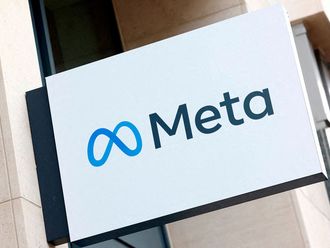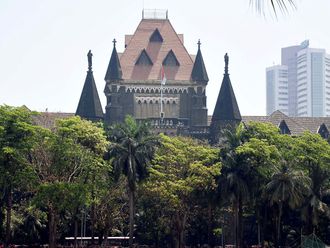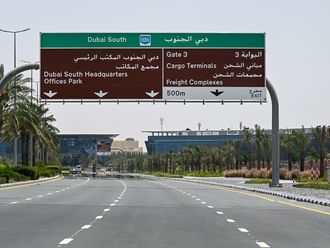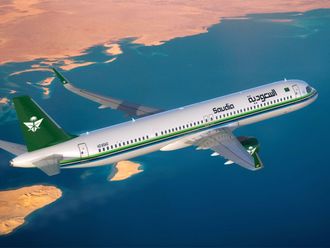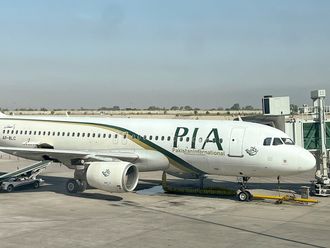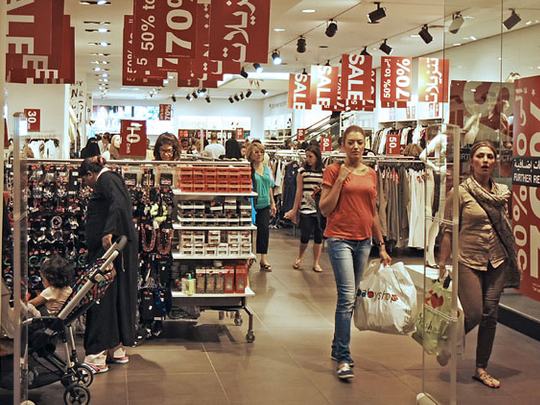
Dubai: The UAE’s non-hydrocarbon sector will increasingly drive economic growth in the future according to credit rating agency Moody’s which affirmed the country’s foreign and local-currency government issuer ratings at Aa2 with a stable outlook.
The UAE’s credit rating is among the highest in the Gulf Cooperation Council (GCC), along with those of Kuwait and Qatar.
“We expect the UAE’s real non-hydrocarbon growth to average 4.8 per cent in 2013-15 on the back of a renewed investment drive; accelerated population growth; dynamic demand from GCC neighbours; and a stable domestic political environment,” said Thomas J. Byrne, Senior Vice President — Manager at Moody’s.
The non-oil sector has developed rapidly and has overtaken the oil sector as the main contributor to real GDP growth in the past decade. The UAE’s openness and ease of doing business has helped this development.
The UAE ranks 19th out of 148 countries in the World Economic Forum’s Competitiveness Index, making it the second most competitive country in the Middle East region after Qatar.
Growth in the non-oil sector has limited the UAE’s dependency on oil to a greater degree than Qatar and Kuwait.
The UAE’s non-oil sectors include wholesale and retail trade (11 per cent of GDP), manufacturing, real estate and construction (9 per cent of GDP each) and transport, storage and communication (8per cent of GDP).
The UAE’s consolidated government debt is low and stable at 23 per cent of GDP in 2012, according to the IMF. This takes into account the direct government obligations of the Abu Dhabi, Dubai, and UAE governments. About 70 per cent of debt is domestically held, primarily by local banks. However, this figure does not take into account debt incurred by government-related enterprises (GREs).
The country’s overall international investment position remains strongly positive, despite the rapid increase in debt by the government, the GREs, and the government-owned banks prior to the global financial crisis.
As of August 2013, commercial banks had a positive foreign asset position of $6.8 billion, while the central bank’s foreign-exchange reserves reached $60.2 billion.
At the same time, governments and non-bank private sector had external liabilities of $92 billion in 2012, which are more than offset by Abu Dhabi Investment Authority’s (Adia) estimated offshore assets.
“We score the UAE’s economic strength at very high (+). Other sovereigns scored Very High (+) for economic strength include Norway (Aaa stable), Singapore (Aaa stable) and Switzerland (Aaa stable). The UAE’s economy is driven by both the hydrocarbon and non-hydrocarbon sectors, but also benefits from being considered by investors as a safe haven amid regional political instability,” said Byrne.
The rating agency estimates that the UAE’s government and private debt are within the manageable limits despite high debt obligations of government related entities.
The emirate of Abu Dhabi has a very low debt of around 3 per cent of its GDP. However, another 35 per cent of GDP was issued by Abu Dhabi GREs. The debt of Abu Dhabi’s GREs now exceeds that of Dubai’s GREs in value.
However, even considering the wider public sector, Abu Dhabi’s net financial asset position remains largely positive. Dubai’s direct government obligations are about 30 per cent of the emirate’s GDP, while the emirate’s consolidated debt obligations (government + GREs) is estimated at 143 per cent of its GDP in April 2013.



